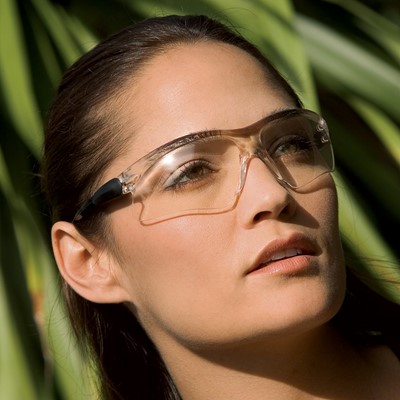Different types of hard hats

As one of the most important kinds of safety products, workers should be very familiar with their hard hats. These items protect what is perhaps the most important part of the human body - the head. Different kinds of tasks and situations call for different kinds of hard hats, so it's important to know the difference between the ANSI-defined classes and available hard hats.
Type I and Type II
All hard hats can be divided into two types - Type I and Type II. Type I hard hats are only designed to protect workers from objects and blows that come from above and strike the top of a helmet.
Type II hard hats are designed to offer protection from lateral blows and objects. This includes from the front, back, and side as well as from the top. Type II hard hats are also tested for off-center penetration resistance and chin strap retention.
Classes
Hard hats are also divided into classes that indicate how well they protect against electrical shock.
• Class E (Electrical) hard hats can withstand up to 20,000 volts of electricity
• Class G (General) hard hats are able to withstand 2,200 volts of electricity
• Class C (Conductive) hard hats offer no protection from electric shock
Material & Suspensions
Most hard hats are made of non-conductive, high-density polyethylene (HDPE) and come equipped with a suspension that can be adjusted for a custom fit. Suspensions are available with 4, 6, or 8 load-bearing points and can be fitted using several different types of adjustments. The most common are pinlock, where the hard hat is removed and a pin is matched to a corresponding hole, and ratchet, which uses a knob to tighten or loosen the suspension's fit around the head while wearing the hard hat.
Styles
When considering tasks and situations, hard hats are available in different styles. Cap hard hats have a short front brim that helps to shade the face from the sun and keeps rain away from the eyes. Some cap hard hats can also be worn backwards so the front brim is over the back of the neck. Full brim styles feature a brim that goes around the entire cap and shades the face, back of the neck, and ears. The full brim can also help to channel rain and snow away from the face and head.



